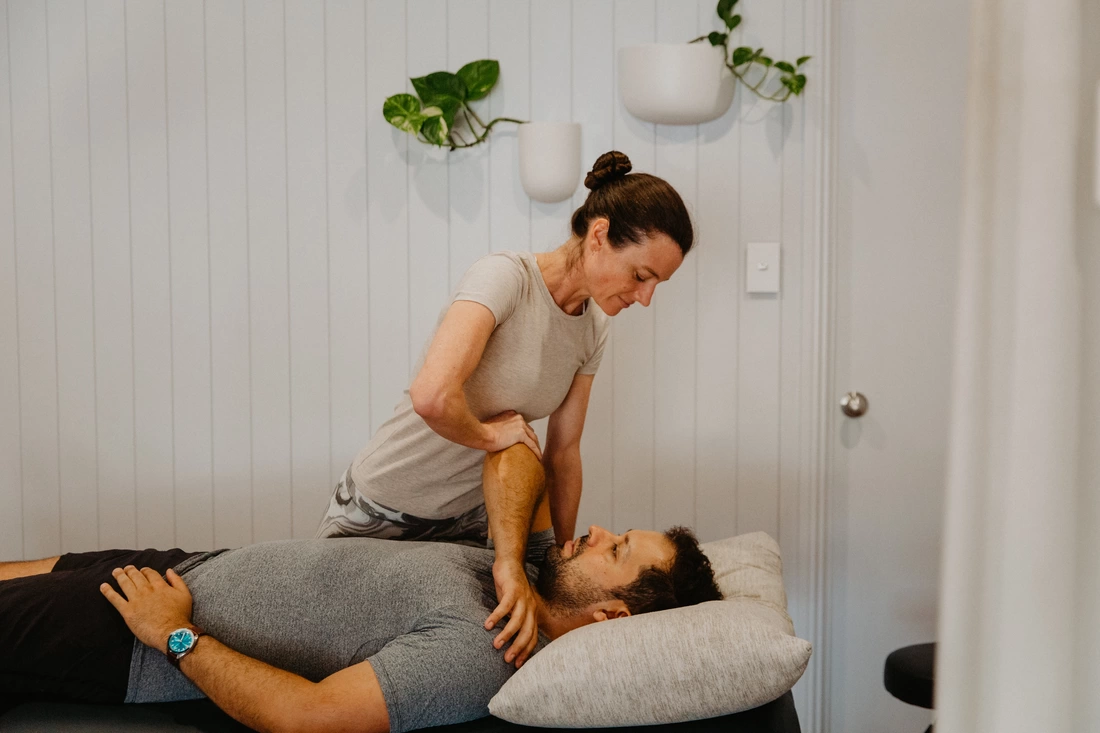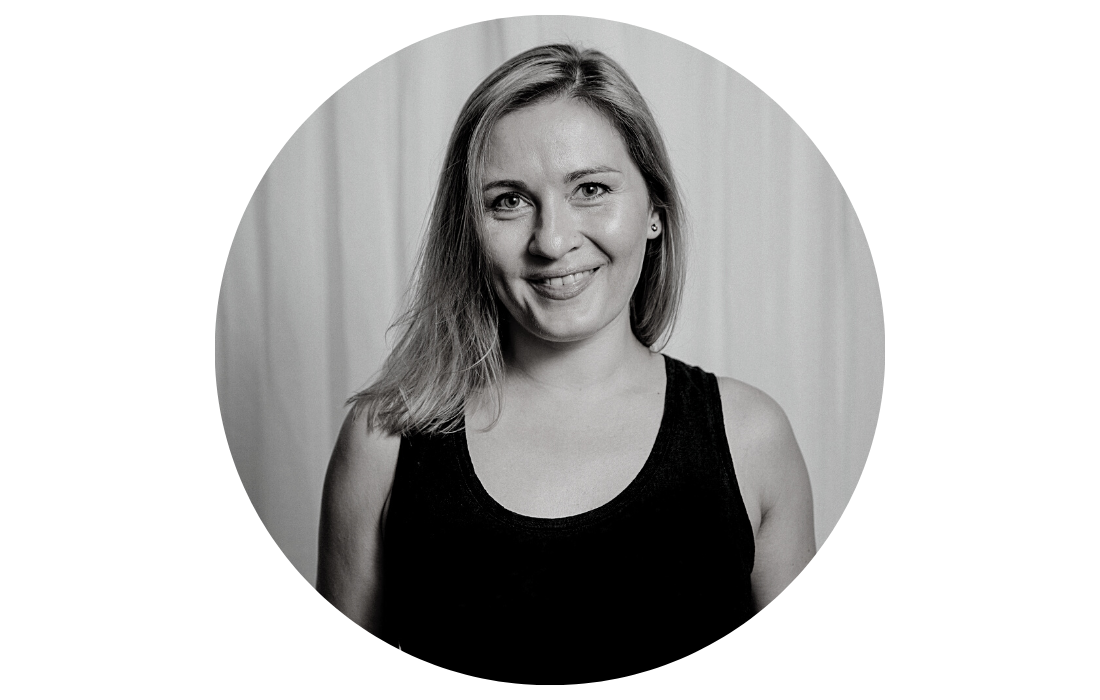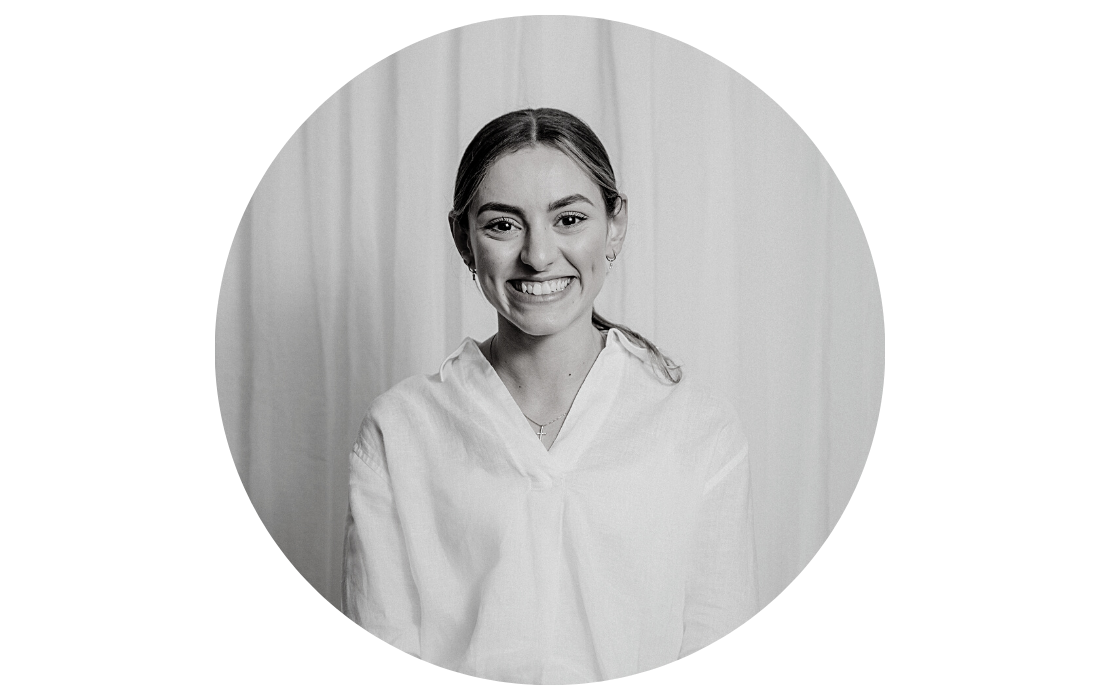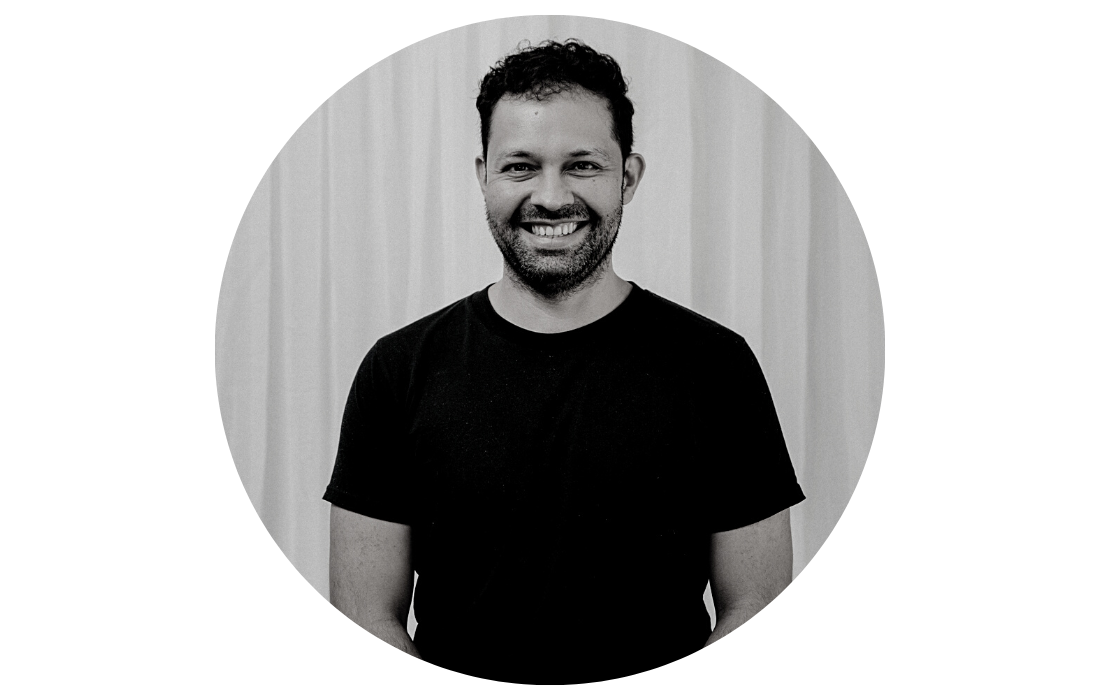Shoulder Dislocations Physiotherapy Brisbane southside.
What are Shoulder Dislocations?
A shoulder dislocation occurs when the upper arm bone (humerus) pops out of the cup-shaped socket (glenoid) that's part of your shoulder blade. This can be caused by a sudden impact or traction injury (most common) or due to laxity of the shoulder ligaments. There are two main types of shoulder dislocations:
How are Shoulder Dislocations Diagnosed?
How can Physiotherapy Help with Shoulder Dislocations?
How can Clinical Pilates Help with Shoulder Dislocation Rehabilitation?
What is the Prognosis for Shoulder Dislocations?
With proper treatment and rehabilitation, most individuals can return to their normal activities. However, the risk of recurrence can be high, especially in younger individuals or those engaged in high-risk sports. Ensuring a complete and thorough rehabilitation process can significantly reduce the risk of a repeat dislocation.
Preventing Recurrence
At our clinic, we aim to provide comprehensive care rooted in the latest research and best practices. Your health and recovery are our priorities. Our team of professionals is here to support and guide you every step of the way.
If you or a loved one has questions about shoulder dislocation injury and how our physiotherapists might be able to help please call us on 07 3706 3407 or email [email protected]. We would love to work with you!
A shoulder dislocation occurs when the upper arm bone (humerus) pops out of the cup-shaped socket (glenoid) that's part of your shoulder blade. This can be caused by a sudden impact or traction injury (most common) or due to laxity of the shoulder ligaments. There are two main types of shoulder dislocations:
- Anterior Dislocation: This is when the humerus moves forward and comes out of the front of the shoulder. It's the most common type and occurs in 95% of shoulder dislocations.
- Posterior Dislocation: Here, the humerus moves toward the back, which is less common and can be caused by seizures, electrocution or motor vehicle accidents.
How are Shoulder Dislocations Diagnosed?
- Clinical history and Physical Examination are often enough to make an accurate diagnosis in uncomplicated cases: Your physiotherapist will assess your shoulder's range of motion and pain levels.
- Imaging: An X-ray or MRI can be used to confirm the diagnosis and check for any fractures or damage to the surrounding tissues.
How can Physiotherapy Help with Shoulder Dislocations?
- Pain Management: Hands-on, Cold packs, and TENS can be used to control pain and swelling.
- Bracing and taping: acutely dislocated shoulder requires a period of rest and immobilisation to allow for joint surrounding tissues to heal and reduce laxity.
- Mobilisation Techniques: These can help restore a full range of motion in the shoulder.
- Strengthening Exercises: Strengthening the muscles around the shoulder can prevent future dislocations and improve stability.
- Education: Understanding the cause and learning how to avoid aggravating activities can be crucial in preventing recurrent dislocations.
How can Clinical Pilates Help with Shoulder Dislocation Rehabilitation?
- Focused Rehabilitation: Pilates emphasises controlled, fluid movements that can be tailored to shoulder rehabilitation needs.
- Enhanced Shoulder Stability: Clinical Pilates strengthens the core and the stabilising muscles around the shoulder, promoting joint stability.
- Improved Posture and Alignment: Proper alignment can reduce undue stress on the shoulder, aiding in faster recovery and prevention of further injuries.
- Body Awareness: Pilates heightens body awareness, enabling patients to recognise and correct potentially harmful movement patterns.
What is the Prognosis for Shoulder Dislocations?
With proper treatment and rehabilitation, most individuals can return to their normal activities. However, the risk of recurrence can be high, especially in younger individuals or those engaged in high-risk sports. Ensuring a complete and thorough rehabilitation process can significantly reduce the risk of a repeat dislocation.
Preventing Recurrence
- Avoid High-Risk Movements: Be cautious with movements that previously caused the dislocation.
- Regular Exercise: Strengthening exercises, especially those focused on the rotator cuff, can bolster the shoulder's stability.
- Protective Gear: For those engaged in contact sports, consider protective shoulder equipment.
At our clinic, we aim to provide comprehensive care rooted in the latest research and best practices. Your health and recovery are our priorities. Our team of professionals is here to support and guide you every step of the way.
If you or a loved one has questions about shoulder dislocation injury and how our physiotherapists might be able to help please call us on 07 3706 3407 or email [email protected]. We would love to work with you!
Who to book in with:
Yulia Khasyanova
|
Monica Hanna
|
Mauricio Bara
|



